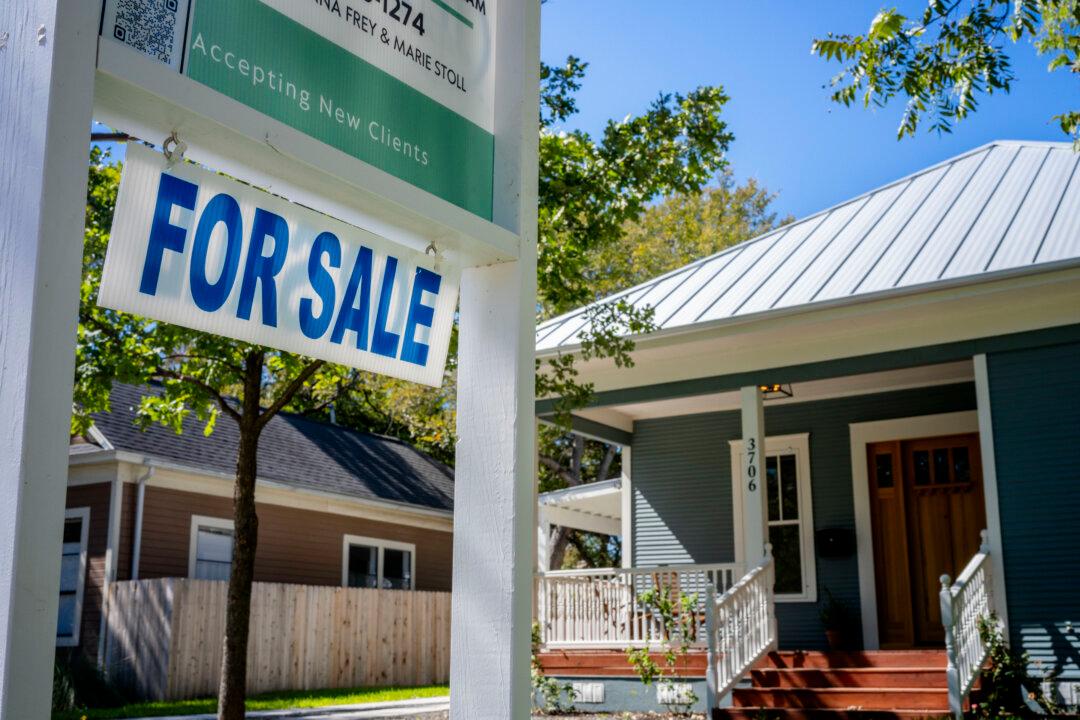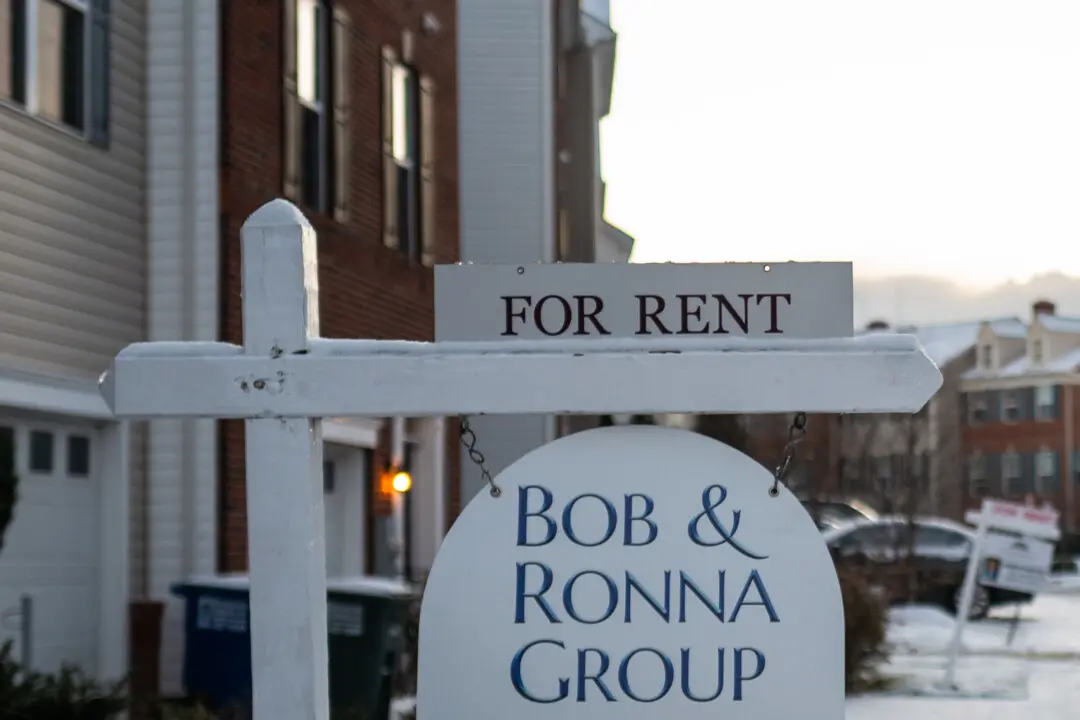Homebuilding in the United States “collapsed” last month while signaling an upcoming potential national housing shortage.
Housing starts, which measures new home construction in the country, fell by 14.8 percent in January 2024 compared to a month back, according to a Feb. 16 press release by the U.S. Census Bureau. This is the largest monthly decline since April 2020. “Housing starts collapsed in January,” said Lawrence Yun, chief economist at National Association of Realtors (NAR). He attributed the decline to “more snow than usual” falling across parts of the country. In addition, “the seasonally adjusted data implies a continuing housing shortage ahead.”





